Home>Articles>What Is The Most Energy Efficient Space Heater
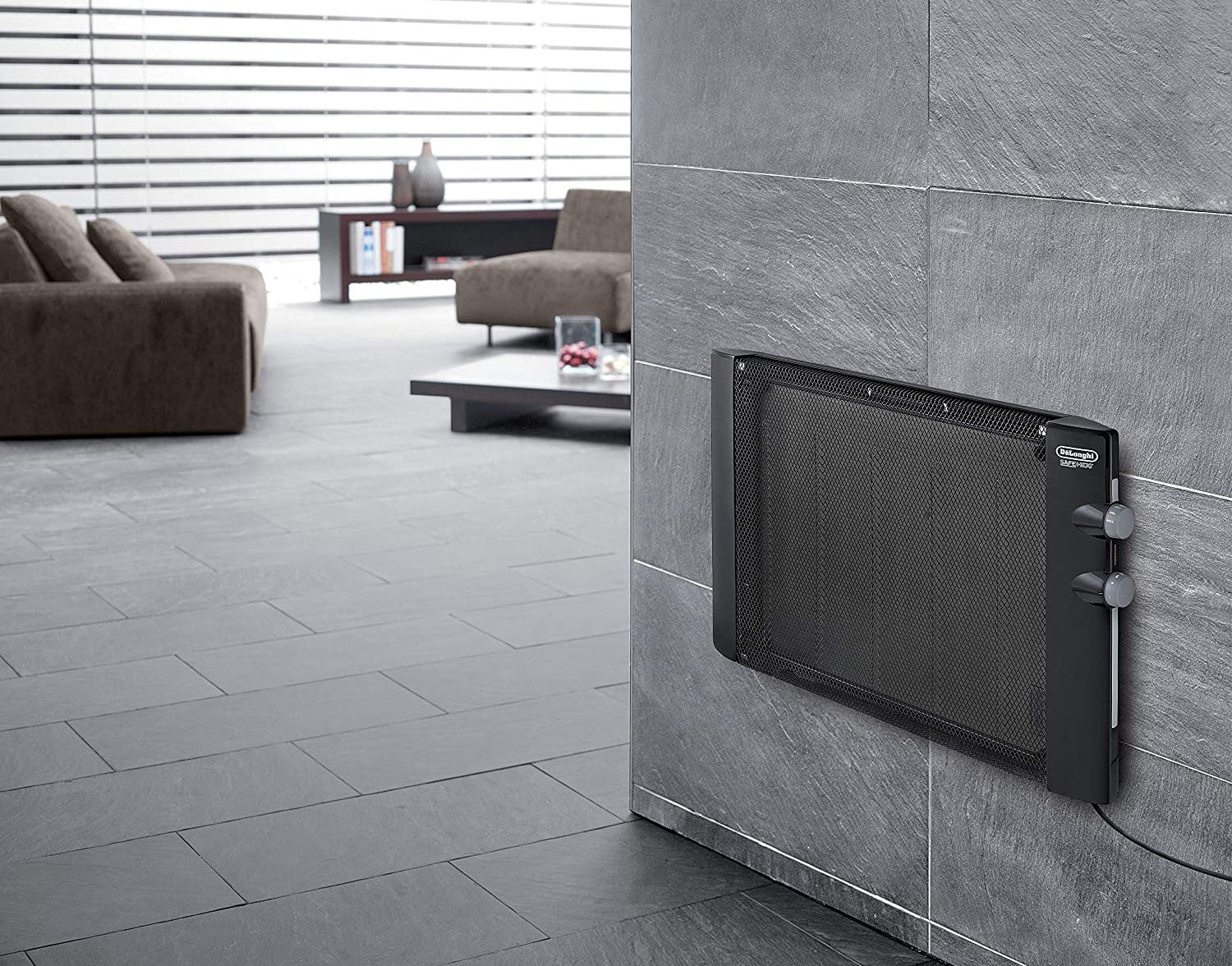

Articles
What Is The Most Energy Efficient Space Heater
Modified: August 28, 2024
Discover the most energy efficient space heater for your home with our informative articles. Stay warm while saving money on your energy bills.
(Many of the links in this article redirect to a specific reviewed product. Your purchase of these products through affiliate links helps to generate commission for Storables.com, at no extra cost. Learn more)
Introduction
Keeping your home warm during the colder months can be a costly endeavor, especially if you rely solely on your central heating system. However, there is a more energy-efficient and cost-effective solution – space heaters. A space heater is a portable device that provides localized heat, allowing you to warm up specific areas without having to crank up your thermostat for the entire house.
But what exactly makes a space heater energy-efficient? And which type of space heater should you choose to maximize efficiency? In this article, we will explore the concept of energy-efficient space heaters and provide you with valuable tips to help you find the most energy-efficient option for your needs.
Before diving into the details of energy efficiency, it’s important to have a basic understanding of how space heaters work. Space heaters utilize different heating technologies, such as convection, radiant, and ceramic, to generate warmth. These devices draw electricity from an outlet or use fuel, such as propane or natural gas, to generate heat. The generated heat is then released into the surrounding area.
When it comes to energy efficiency, there are a few key factors to consider. First and foremost, the heating technology used by the space heater plays a significant role. Some technologies are more efficient at converting energy into heat, resulting in less wasted energy. Additionally, the size and insulation of the space you are heating can impact the efficiency of the heater.
Now that we have a basic understanding of space heaters and energy efficiency, let’s take a closer look at the different types of energy-efficient space heaters available on the market. By understanding the options at hand, you can make a more informed decision when selecting a space heater for your home.
Key Takeaways:
- Energy-efficient space heaters, such as ceramic and oil-filled radiators, offer cost-effective and eco-friendly heating solutions. Understanding their features and proper usage can maximize warmth while minimizing energy consumption.
- Debunking common myths about space heaters, such as excessive energy consumption and ineffective heating, clarifies their energy-saving potential. With proper placement, maintenance, and usage, energy-efficient space heaters can provide reliable warmth while reducing energy costs.
Read more: 12 Best Infrared Heaters For Any Space
How Does a Space Heater Work?
Space heaters operate on the principle of heating a specific area rather than an entire space. They work by converting electrical energy or fuel into heat, which is then transferred to the surrounding environment. The heat generated by a space heater can be distributed through convection, radiation, or both.
1. Convection Heating:
In convection heating, the heater warms the air in its vicinity. The warm air then rises, creating a natural convection current that circulates the heat throughout the room. This type of heating is ideal for larger spaces, as it can provide consistent warmth.
2. Radiant Heating:
Radiant heating involves emitting infrared radiation that directly heats objects and people in its path. These heaters emit electromagnetic waves that are absorbed by objects, causing the molecules to vibrate and generate heat. Radiant heaters are effective at quickly warming up small areas or individuals in close proximity to the heater.
3. Combination Heating:
Some space heaters combine both convection and radiant heating elements to provide a balanced distribution of warmth. These heaters typically include a fan that helps circulate the warm air throughout the room, ensuring even heating.
When it comes to energy efficiency, certain types of space heaters are more effective than others. For instance, radiant heaters tend to be more efficient since they directly heat objects and people instead of wasting energy on heating the entire air in the room. Additionally, space heaters with advanced thermostat controls can help regulate temperature, preventing unnecessary energy usage and reducing overall energy consumption.
It’s worth mentioning that while space heaters can be energy-efficient, their efficiency also depends on external factors such as insulation, room size, and the heating duration. A well-insulated room will retain heat better, allowing the space heater to operate more efficiently. Also, using a space heater in a smaller area can be more energy-efficient compared to trying to warm up an entire large room.
Now that you have a better understanding of how space heaters work, let’s delve into the factors that contribute to their energy efficiency.
Factors to Consider for Energy Efficiency
When choosing an energy-efficient space heater, there are several important factors to consider. These factors can help you maximize the effectiveness and efficiency of your heating device, ultimately reducing energy consumption and lowering your heating costs. Let’s explore these factors in detail:
1. Heating Technology:
The type of heating technology used in a space heater plays a significant role in its energy efficiency. Ceramic heaters, for example, are known for their efficiency as they utilize ceramic elements to heat the air. They have faster heat-up times and can maintain a consistent temperature, reducing energy wastage.
On the other hand, oil-filled radiators are equipped with thermal oil that efficiently retains and radiates heat, ensuring longer-lasting warmth even after the heater is turned off. Understanding the different heating technologies available can help you choose the most energy-efficient option for your needs.
2. Energy Consumption:
Checking the energy consumption of a space heater is essential to determine its efficiency. Look for the wattage rating, which indicates how much power the heater consumes. It’s important to match the wattage to your desired heating needs. Higher wattage doesn’t necessarily mean better performance, as it may result in unnecessary energy consumption.
3. Size and Heating Capacity:
The size of the space heater should be appropriate for the area you want to heat. A heater that is too small for the space will have to work extra hard to provide sufficient warmth, leading to increased energy usage. Conversely, a heater that is too large for the space may waste energy by overheating the area. Consider the heating capacity and select a heater that is sized accordingly.
4. Thermostat and Timer:
A space heater with a built-in thermostat and timer can significantly contribute to energy efficiency. The thermostat allows you to set a specific temperature, and the heater will automatically turn on and off to maintain that temperature, preventing excessive energy consumption. A programmable timer allows you to schedule the heater to operate only when needed, reducing unnecessary energy use.
5. Safety Features:
While not directly related to energy efficiency, safety features are important to consider when choosing a space heater. Look for features such as tip-over protection, overheat protection, and cool-touch exteriors. These safety features will not only provide peace of mind but also prevent accidents and potential energy wastage.
By considering these factors, you can select a space heater that is not only energy-efficient but also suitable for your specific heating needs. In the next section, we will explore the various types of energy-efficient space heaters available on the market.
Types of Energy Efficient Space Heaters
When it comes to energy-efficient space heaters, there are several types to choose from. Each type offers unique features and benefits that contribute to their energy efficiency. Let’s explore the most common types of energy-efficient space heaters:
1. Ceramic Space Heaters:
Ceramic space heaters are known for their energy efficiency. They use ceramic heating elements that generate heat quickly and effectively. These heaters utilize a fan to distribute the warm air throughout the room, ensuring efficient heating. Ceramic heaters also typically have built-in thermostats and programmable timers, allowing for precise temperature control and energy-saving operation.
2. Oil-Filled Radiators:
Oil-filled radiators are another energy-efficient option. These heaters contain a reservoir of oil that is heated and then circulates throughout the heater’s fins, emitting heat into the surrounding area. Since the oil retains heat well, oil-filled radiators can continue to provide warmth even after they are turned off. This feature saves energy by reducing the need to keep the heater running constantly.
3. Infrared Heaters:
Infrared heaters are known for their direct heating capabilities, making them highly energy-efficient. Instead of heating the surrounding air, they emit infrared radiation that directly warms objects and people in its path. This targeted heating minimizes wasted energy and ensures quick and efficient warming. Infrared heaters are a great option for smaller spaces or when you need instant heat, as they can rapidly warm up the area.
4. Electric Heat Pump Heaters:
Electric heat pump heaters, also known as reverse cycle air conditioners, are an energy-efficient option for both heating and cooling. These heaters work by extracting heat from the outside air and transferring it inside to warm the room. They use electricity to operate the compressor and fan, making them more energy-efficient than traditional resistance heaters. Electric heat pump heaters can also provide energy-efficient cooling during the warmer months.
5. Pellet Stoves:
Pellet stoves are a sustainable and energy-efficient heating option. These stoves burn small pellets made from compressed wood or biomass. The pellets are automatically fed into the stove, providing consistent and efficient heat. Pellet stoves have high combustion efficiency and often come with programmable thermostats and fans to distribute the heat effectively.
Each of these space heaters offers its own set of advantages in terms of energy efficiency. Consider your specific heating needs and the features provided by each type to determine the most suitable choice for your space.
In the next section, we will compare the energy efficiency of these space heaters in more detail to help you make an informed decision.
Comparison of Energy Efficient Space Heaters
When it comes to energy efficiency, different types of space heaters have varying levels of effectiveness. Let’s compare the energy efficiency of the most common types of space heaters to help you make an informed decision:
1. Ceramic Space Heaters:
Ceramic space heaters are known for their energy efficiency. The ceramic heating elements heat up quickly and efficiently, providing instant warmth. These heaters often include programmable thermostats and timers, allowing for precise temperature control and energy-saving operation. They are a great option for heating small to medium-sized rooms effectively while minimizing energy consumption.
2. Oil-Filled Radiators:
Oil-filled radiators are highly energy-efficient due to their ability to retain and emit heat even after being turned off. The thermal oil stores and releases heat slowly, ensuring longer-lasting warmth without continuous energy consumption. These heaters are ideal for maintaining a consistent temperature in larger spaces, as they provide gradual and efficient heat distribution.
3. Infrared Heaters:
Infrared heaters offer direct heat transfer to objects and individuals in their path, minimizing heat loss and energy wastage. They emit infrared radiation that quickly warms up the area, making them a great choice for instant heat. Infrared heaters are best suited for smaller spaces or when you need to heat specific areas quickly, as they are highly efficient in targeted heating.
4. Electric Heat Pump Heaters:
Electric heat pump heaters, also known as reverse cycle air conditioners, are highly energy-efficient as they extract heat from the outside air rather than generating it from electricity. By utilizing this heat transfer process, they can produce more heat energy compared to the electrical energy they consume. Electric heat pump heaters are a great option for maintaining a comfortable temperature year-round while minimizing energy usage.
5. Pellet Stoves:
Pellet stoves are an eco-friendly and energy-efficient heating option. They burn small pellets made from compressed wood or biomass, providing consistent and efficient heat. Pellet stoves have high combustion efficiency and often include fans and thermostats to optimize heat distribution and control. While they require a steady supply of pellets, they offer an environmentally conscious and energy-efficient heating solution.
It’s important to note that the energy efficiency of space heaters can also be influenced by external factors such as insulation, room size, and usage patterns. Proper insulation and regularly maintaining your space heater can further enhance its overall efficiency.
Considering these comparisons, you can choose the most suitable energy-efficient space heater that meets your specific needs and preferences. In the next section, we will explore the features to look for when selecting an energy-efficient space heater.
Look for space heaters with programmable thermostats and energy-saving modes to maximize efficiency. Also, consider heaters with ceramic heating elements for quick and even heat distribution.
Features to Look for in an Energy Efficient Space Heater
When searching for an energy-efficient space heater, there are several key features to consider. These features can help optimize energy usage, improve heating performance, and ensure safe operation. Let’s dive into the essential features to look for:
1. Thermostat:
A built-in thermostat is a crucial feature in an energy-efficient space heater. It allows you to set and maintain your desired temperature, preventing excessive energy consumption. The thermostat will automatically turn the heater on and off to maintain the set temperature, ensuring optimal comfort and energy efficiency.
2. Programmable Timer:
A programmable timer is another valuable feature that enhances energy efficiency. It allows you to schedule when the heater should turn on and off. This feature is particularly helpful if you have a consistent daily routine or if you want the heater to automatically turn off after a specific duration. With a programmable timer, you can ensure that the heater operates only when needed, conserving energy when you are not present or during unused hours.
3. Energy-Saving Modes:
Some space heaters offer energy-saving modes or eco-friendly settings. These modes adjust the heater’s performance to reduce energy consumption while still maintaining adequate warmth. Energy-saving modes may include lower heat output, reduced fan speed, or intermittent operation. Look for space heaters with energy-saving modes to minimize energy usage without sacrificing comfort.
4. Overheat Protection:
Safety features are essential in any space heater, and overheat protection is a crucial one. This feature automatically shuts off the heater if it detects overheating, preventing potential damage and fire hazards. Overheat protection not only ensures safety but also conserves energy by avoiding unnecessary heat generation and prolonging the lifespan of the heater.
5. Tip-Over Protection:
Another safety feature to prioritize is tip-over protection. This mechanism automatically turns off the heater if it tips over or gets knocked out of its position. It prevents accidental fires and ensures safe operation. Tip-over protection is especially important for households with pets or small children who may inadvertently interact with the heater.
6. Portability:
Consider the portability of the space heater, especially if you plan to move it between rooms or use it in various locations. A lightweight and compact design, as well as a built-in handle, can make it easier to transport the heater without straining yourself. Portability allows you to use the heater precisely where and when you need it, maximizing its energy efficiency.
7. Energy Star Certification:
Energy Star certification is a reputable label that signifies energy efficiency. Look for space heaters that have received Energy Star certification, as they meet strict standards for energy performance and efficiency. Choosing an Energy Star-certified heater ensures that you are selecting a product that has been tested and verified for its energy-saving capabilities.
By considering these features, you can find an energy-efficient space heater that combines optimal heating performance with enhanced energy conservation. Remember to also assess your specific heating needs and the size of the area you want to heat when making your final decision.
In the next section, we will provide some useful tips for using your energy-efficient space heater effectively.
Tips for Using Your Energy Efficient Space Heater Effectively
To maximize the energy efficiency and effectiveness of your space heater, consider the following tips:
1. Choose the Right Size:
Ensure that the size of your space heater matches the area you want to heat. A heater that is too small for the space will struggle to provide adequate warmth, leading to higher energy consumption. Conversely, a heater that is too large may waste energy by overheating the room. Carefully consider the heating capacity of the heater and select the appropriate size for your needs.
2. Optimize Placement:
Position your space heater strategically for optimal efficiency. Place the heater in central locations to ensure even heat distribution. Keep the heater away from walls, furniture, and curtains to prevent blocking the heat flow. This will allow the heat to circulate freely and warm the room effectively.
3. Insulate the Room:
To improve energy efficiency, ensure that the room in which you are using the space heater is well-insulated. Proper insulation helps to retain heat and prevents cold drafts from entering the room. Windows and doors can be sealed with weatherstripping, and drafts can be blocked with draft stoppers. This will minimize heat loss and reduce the heater’s energy consumption.
4. Use Timers and Thermostats:
Take advantage of the programmable timer and thermostat features available on many space heaters. Set the timer to turn on the heater shortly before you need it and to turn off automatically when you no longer require heating. Utilize the thermostat to maintain a comfortable temperature without wasting energy. These features allow you to customize the heating schedule and avoid unnecessary energy usage.
5. Consider Zone Heating:
If you only need to heat specific areas of your home, consider practicing zone heating. Instead of heating the entire house, focus on heating the rooms or zones that are most frequently occupied. This approach allows you to use the space heater more efficiently and reduce overall energy consumption. Close doors and use draught excluders to create separate zones and maximize the effectiveness of the space heater.
6. Dress Appropriately:
Wearing layered clothing and using blankets can help you stay warm without relying solely on the space heater. Dress warmly and use insulation, such as curtains or thermal blinds, to trap heat inside the room. By reducing the temperature difference between your body and the room, you can lower the usage of the heater and conserve energy.
7. Regular Maintenance:
Maintain your space heater to ensure optimal performance and energy efficiency. Keep the heater clean and free from dust and debris, as this can obstruct airflow and reduce its effectiveness. Check the filter regularly and clean or replace it as needed. Regular maintenance will not only improve energy efficiency but also extend the lifespan of the heater.
By following these tips, you can use your energy-efficient space heater effectively, reduce energy consumption, and keep your home comfortably warm throughout the colder months.
In the next section, we will debunk some common myths about energy-efficient space heaters.
Common Myths about Energy Efficient Space Heaters
There are several common myths surrounding energy-efficient space heaters that can lead to misunderstandings about their effectiveness and efficiency. Let’s debunk these myths to provide a clearer understanding of what to expect from your energy-efficient space heater:
1. Myth: Space heaters consume too much energy.
Fact: While space heaters do require energy to operate, their energy consumption can be regulated by using energy-saving features such as thermostats and timers. With proper usage and control, an energy-efficient space heater can provide effective heating while still minimizing energy consumption.
2. Myth: Space heaters are ineffective at heating large areas.
Fact: The effectiveness of a space heater in heating a large area depends on its size, power, and heating technology. By choosing the right-sized heater with sufficient heating capacity, utilizing proper placement, and implementing insulation techniques, space heaters can effectively heat larger spaces and maintain a comfortable temperature.
3. Myth: Space heaters are a fire hazard.
Fact: Space heaters can be used safely when proper precautions are taken. Look for heaters with safety features such as tip-over protection and overheat protection, and ensure that they are certified by safety organizations. Adhere to the manufacturer’s guidelines, keep flammable objects away from the heater, and never leave it unattended. Following these safety precautions greatly reduces the risk of fire hazards.
4. Myth: Leaving a space heater on continuously is more cost-effective than turning it on and off.
Fact: In most cases, leaving a space heater on continuously when it is not needed is not cost-effective. It is more energy-efficient to only use the heater when necessary, such as during active hours or when you are occupying the space. Utilizing features like programmable timers and thermostats can help regulate temperature and minimize energy consumption.
5. Myth: Space heaters are only useful as supplemental heating.
Fact: While space heaters are commonly used as supplemental heating sources, they can also be effective as the primary heating method in smaller spaces or well-insulated rooms. By utilizing energy-efficient space heaters and implementing proper insulation techniques, space heaters can provide sufficient warmth even in larger areas.
6. Myth: All space heaters are created equal in terms of energy efficiency.
Fact: Different space heaters have varying levels of energy efficiency based on factors such as heating technology, energy consumption, and additional features. Some types of space heaters, such as ceramic heaters and oil-filled radiators, are known for their energy efficiency. It’s important to research and select a space heater that meets your specific requirements and offers optimal energy efficiency.
By debunking these common myths, it becomes clear that energy-efficient space heaters can be a reliable and cost-effective heating solution. Understanding the facts about space heaters can help you make well-informed decisions and maximize their energy-saving potential.
Now, let’s conclude with a summary of the main points discussed in this article.
Conclusion
Energy-efficient space heaters provide a cost-effective and eco-friendly solution for keeping your home warm during the colder months. By understanding how space heaters work and considering factors such as heating technology, energy consumption, size, and additional features, you can select the most suitable option for your needs.
Ceramic space heaters, oil-filled radiators, infrared heaters, electric heat pump heaters, and pellet stoves are all types of energy-efficient space heaters with their own advantages. Each type offers unique features that contribute to their energy efficiency, ensuring effective and economical heating.
To use your energy-efficient space heater effectively, consider optimizing placement, utilizing timers and thermostats, practicing zone heating, and dressing appropriately for additional warmth. Regular maintenance and ensuring proper insulation in your home can also help maximize energy efficiency.
It’s important to debunk common myths about space heaters, such as excessive energy consumption and ineffective heating. Energy-efficient space heaters can provide efficient and reliable heating while adhering to safety precautions and minimizing energy wastage.
In conclusion, energy-efficient space heaters offer a practical and efficient way to warm specific areas of your home, reducing the need for excessive heating throughout the entire house. By considering the tips and information provided in this article, you can make an informed decision about the most suitable energy-efficient space heater for your needs while optimizing energy usage and maintaining a comfortable environment.
Stay warm and energy-efficient with your chosen space heater, and enjoy the cozy comfort it brings to your home while reducing your energy costs.
Frequently Asked Questions about What Is The Most Energy Efficient Space Heater
Was this page helpful?
At Storables.com, we guarantee accurate and reliable information. Our content, validated by Expert Board Contributors, is crafted following stringent Editorial Policies. We're committed to providing you with well-researched, expert-backed insights for all your informational needs.
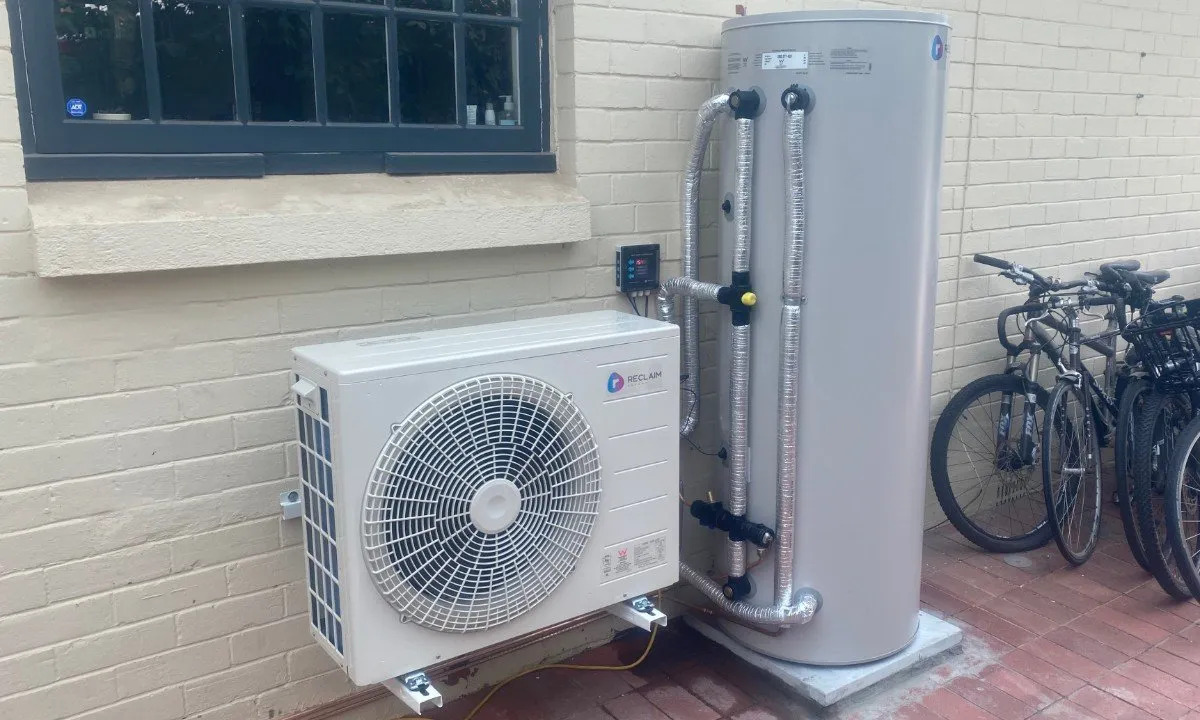

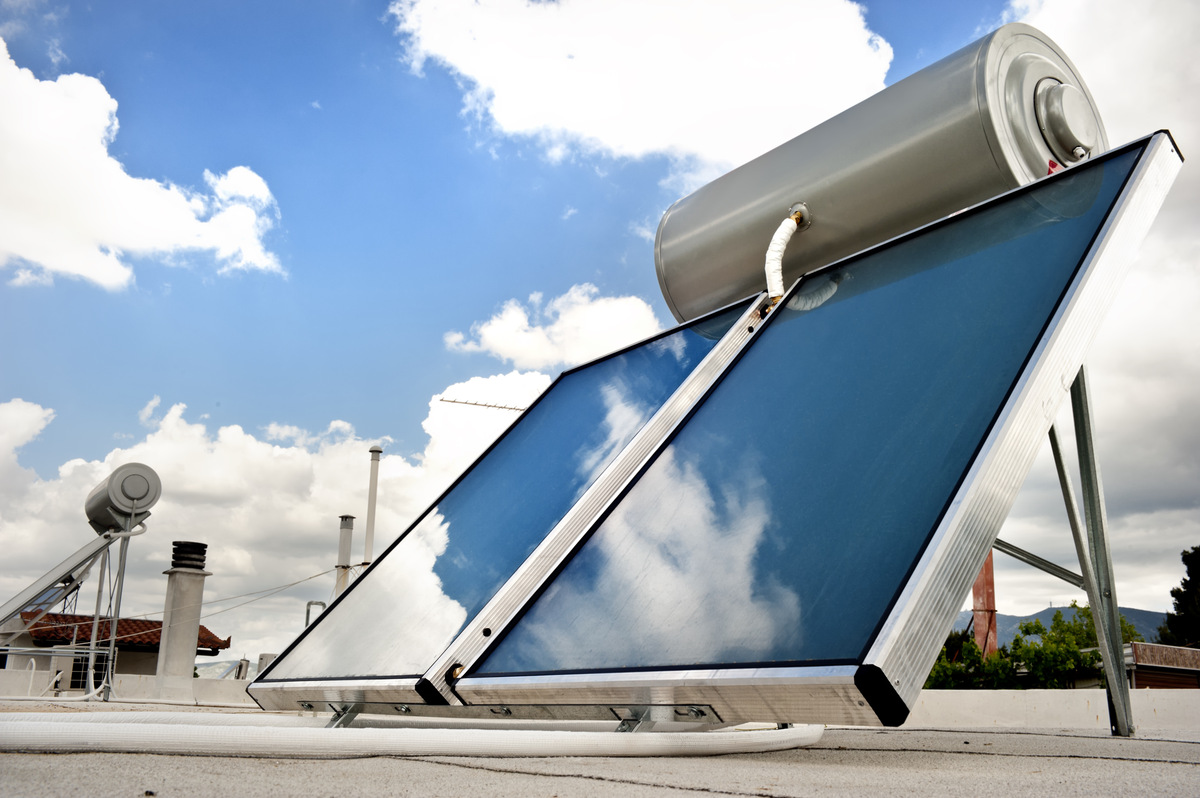
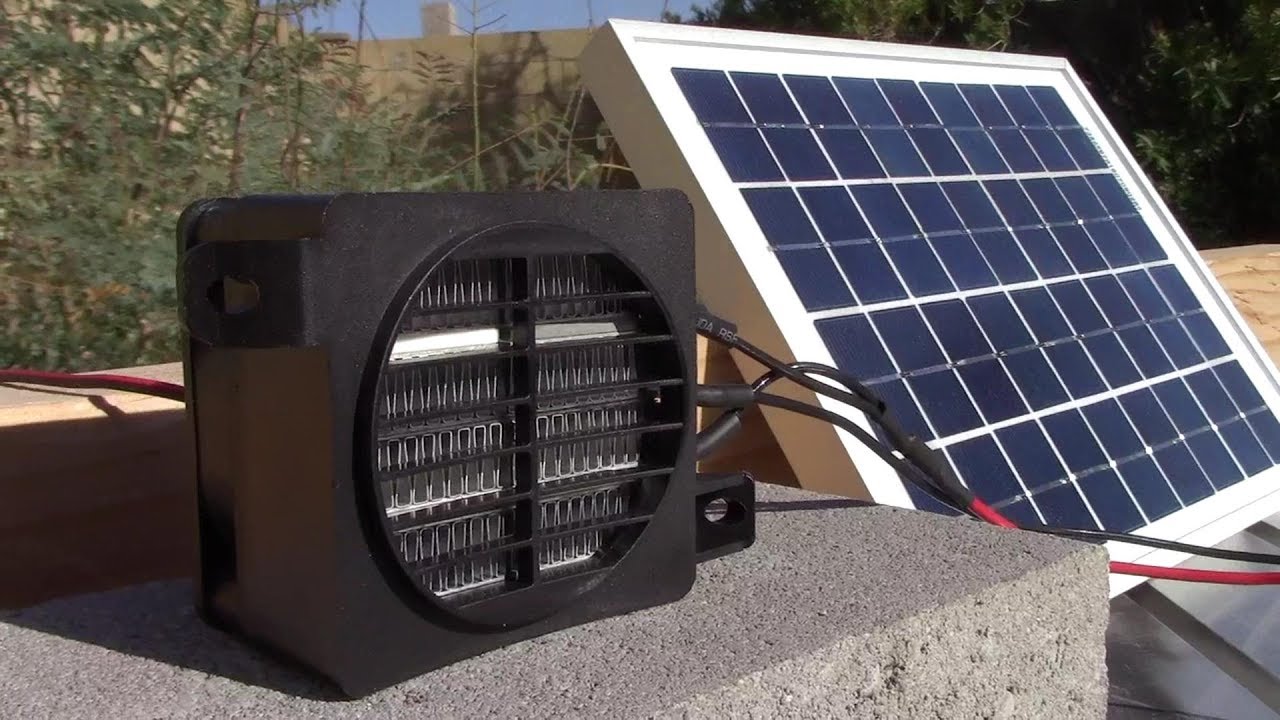

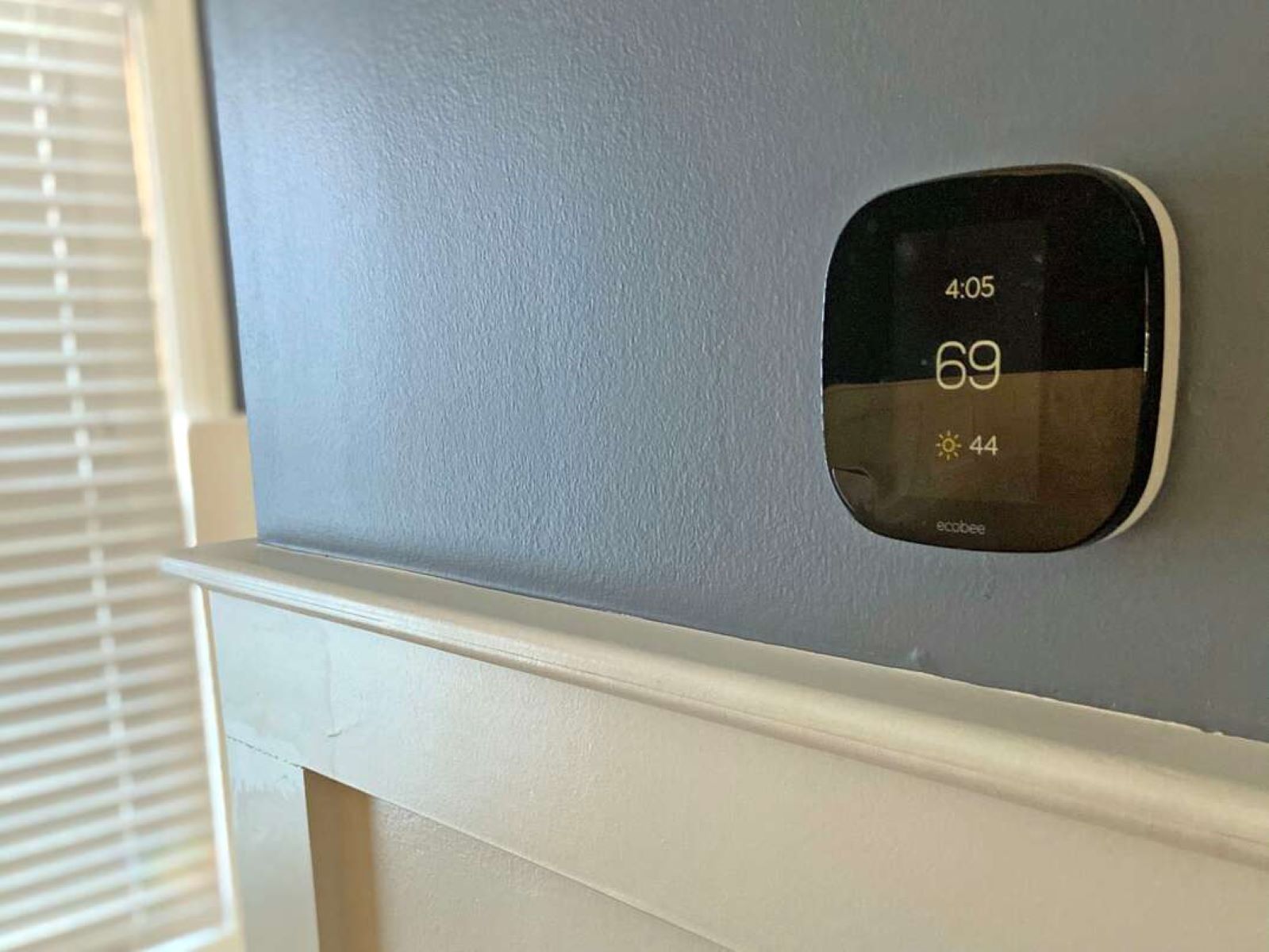


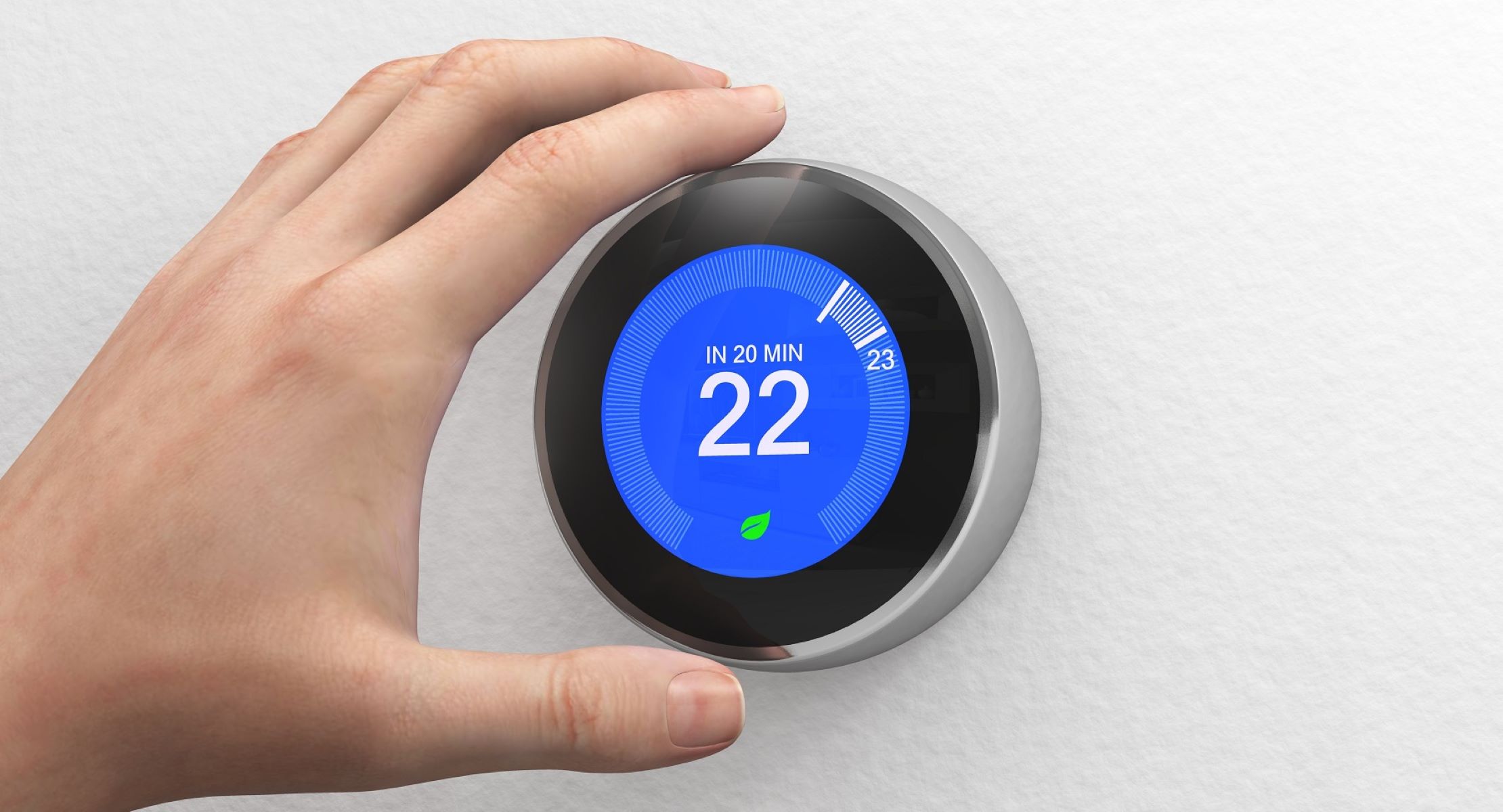


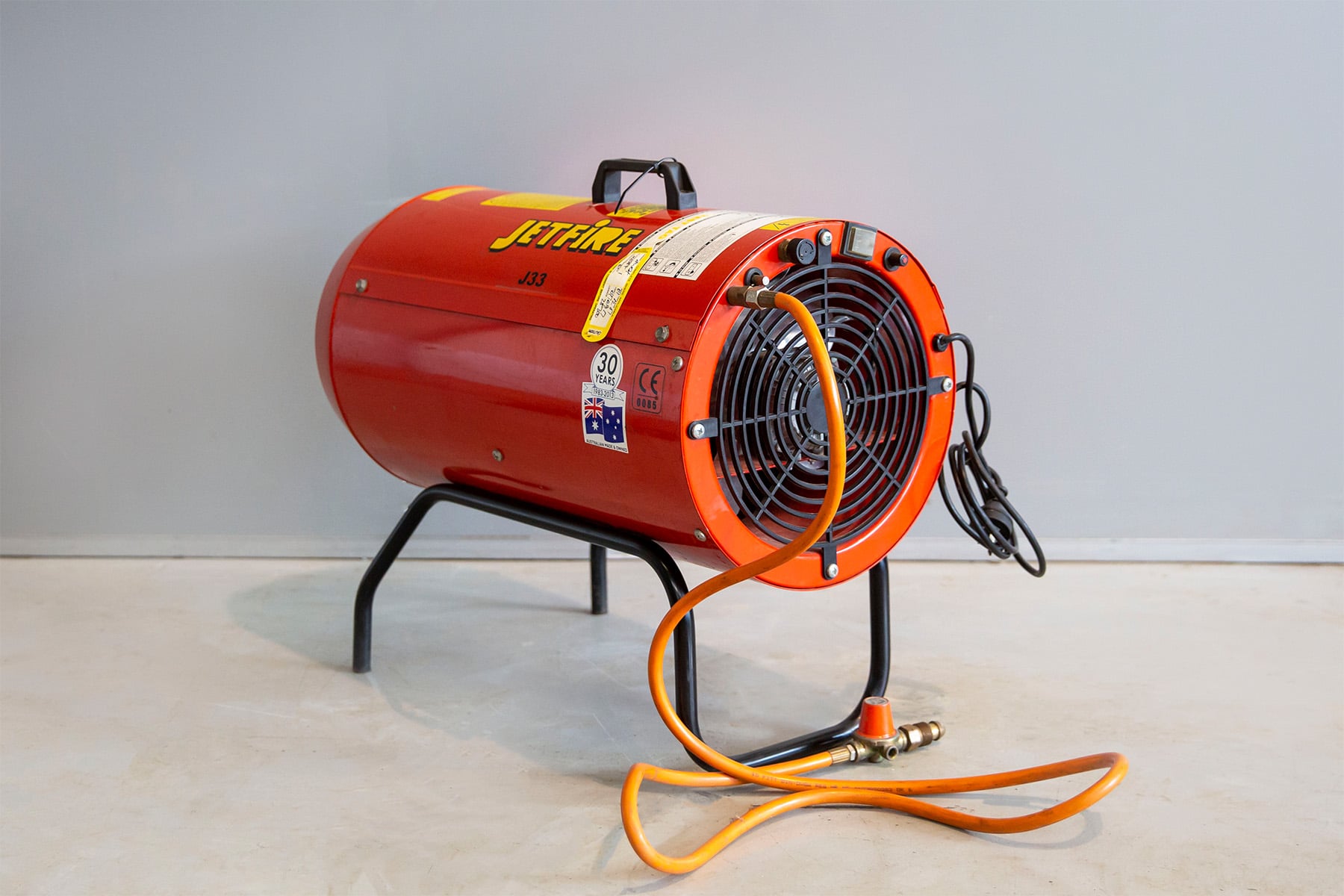
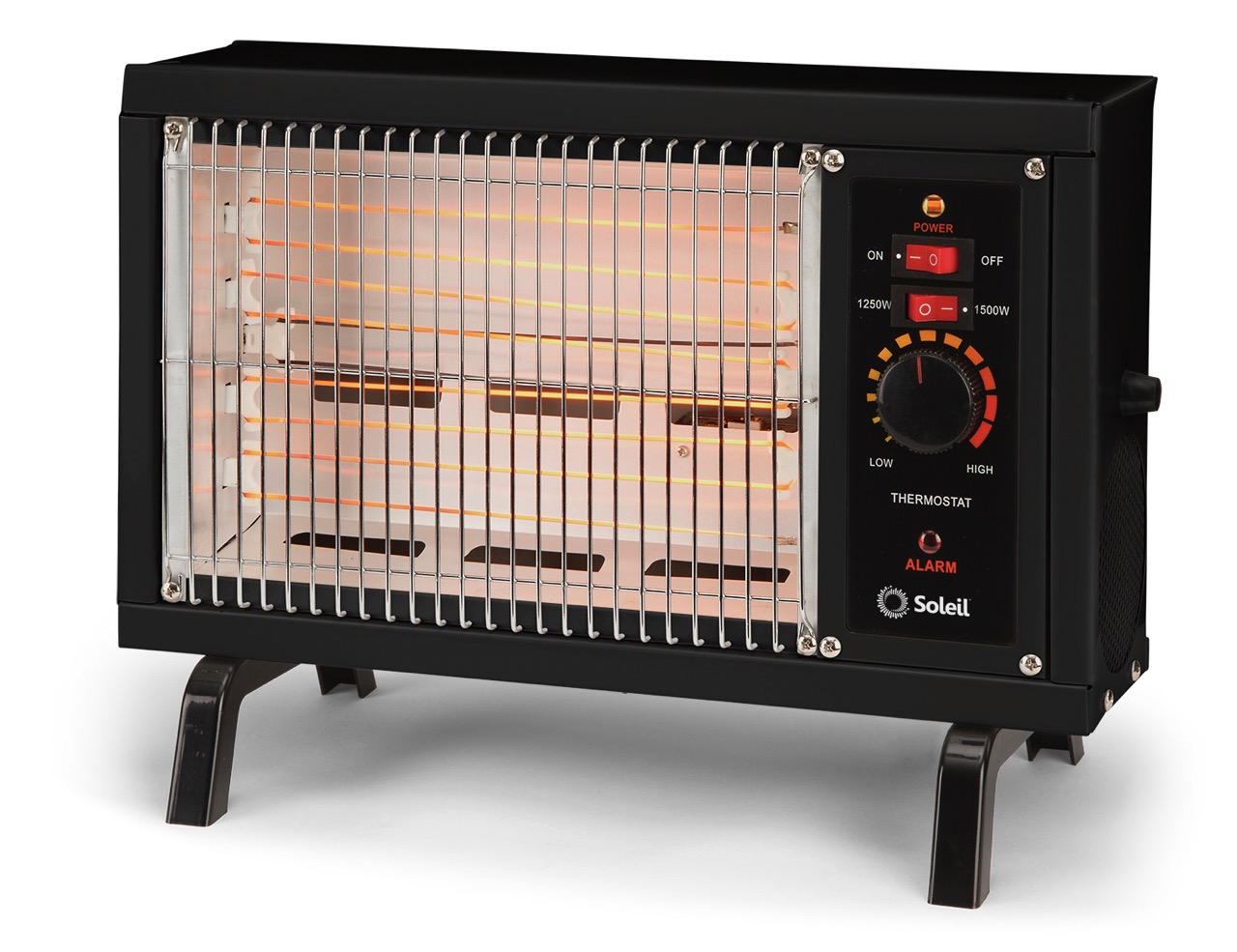
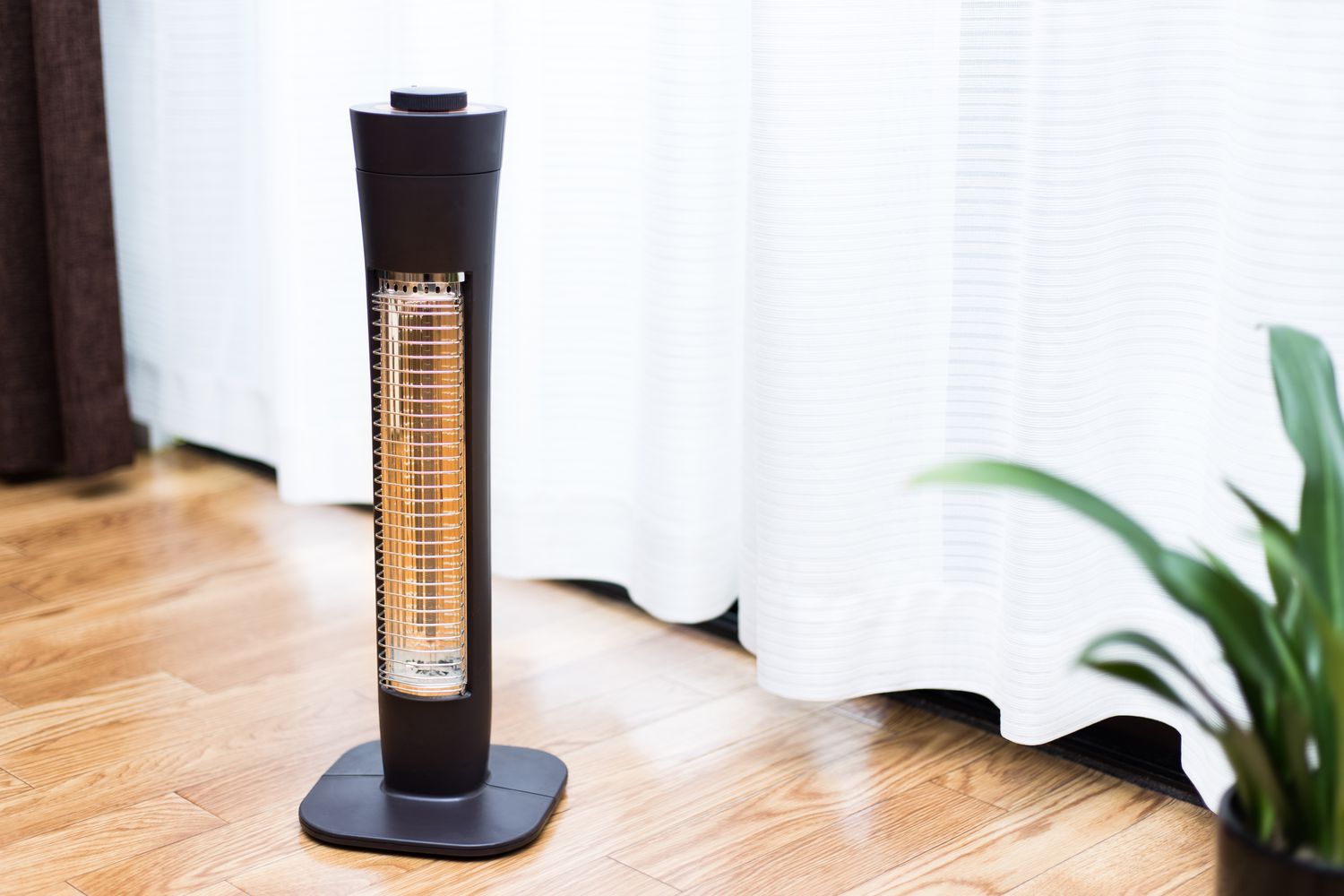

0 thoughts on “What Is The Most Energy Efficient Space Heater”